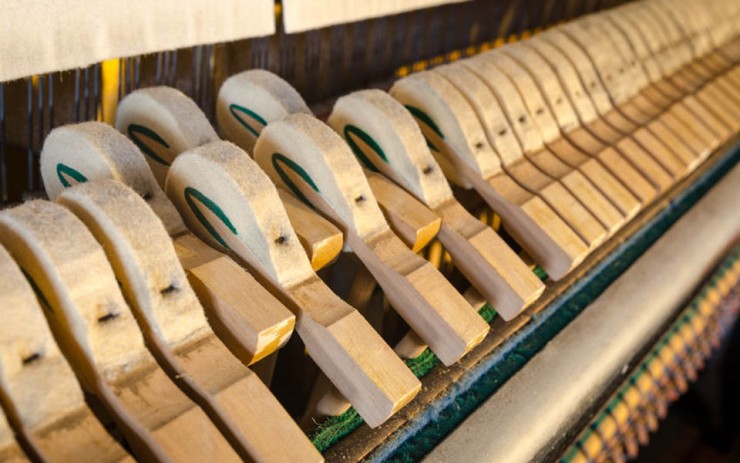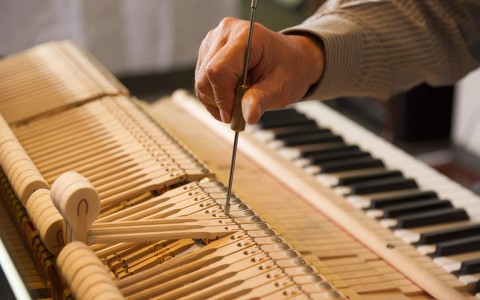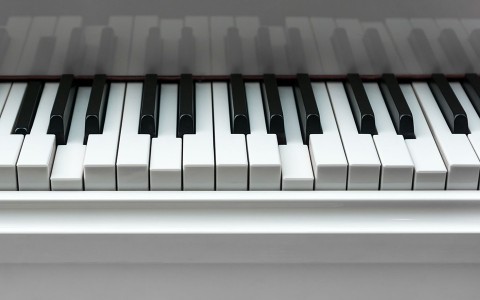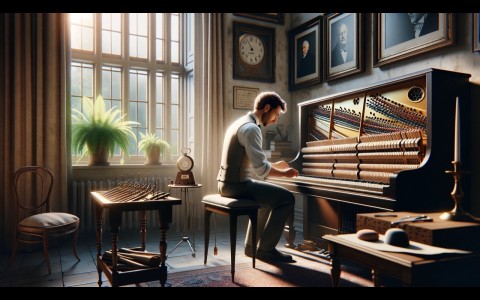Most piano players would probably have come across the need to do regular voicing of the instrument. Some might be unsure of the differences between voicing and tuning, which are both related to piano maintenance. While some may get think these terms are synonymous and interchangeable, nothing can be further from the truth.
Not to be confused with voicing in music composition and arrangement, which is concerned with how the notes and chords in the piece are distributed, voicing in the context of piano maintenance refers to the regulation of the tones. Put simply, voicing is a procedure in which a piano technician adjusts the tonal qualities of the notes. While tuning refers to adjusting the pitch of a note, so that the strings resonate with the correct frequency they are supposed to, voicing is concerned with making subtle changes to the tones, so that whichever frequencies are used, the sounds transmitted sounds pleasing to the performer.
To illustrate this in the layman's context, consider a group of singers being trained as sopranos. While soporanos all sing with a high pitch, individual sopranos sound different from each other. The same situation happens for a group of tenors; one will be able to hear the difference between tenors. The difference lies in the tonal qualities of the individual’s voice.
Applying this to the piano, it can be said that tuning is a science, while voicing is an art. Tuning a piano is a matter of ensuring the steel strings in a piano vibrate at the correct frequencies. If they do not, they are out of tune, and the piano tuners are called in. Voicing, on the other hand, is very much dependent on the personal preferences of the piano owner or performer. Unlike tuning, there is no table or chart with discrete frequencies to refer to, and the individual’s perception is what matters most. Voicing can be described as an abstract art, in which beauty lies in the ears of the performer. What may sound bright and harsh to a performer may sound mellow and warm to the next.
To explain this phenomenon, one should understand that when any string in a piano is struck, the sound emitted does not contain only one sound wave. Rather, a complex set of waves is emitted, each consisting of a series of frequencies. How we perceive the note is dependent on the intensity of each frequency. Many of us would have come across a graphic equaliser on a stereo or a computer-based music application. There is usually a set of five to seven frequencies, representing the progression from bass to treble, along with slides that adjust the amplitude of each frequency. When we adjust the amplitude, we are effectively adjusting the volumes of the bass and treble. A discerning music player may make adjustments so that the eventual music is pleasing to her ears. Likewise, a serious pianist should do regular voicing to her piano to ensure that all 88 keys produce the same tonal quality, after tuning is done.
The age of the piano and wear and tear of the components within will also invariably affect the quality of the tones. Repeated hitting of the steel strings within the piano over time will cause grooves in the felt wrapped around the hammer, affecting the tone. Overly firm or loose fibres, too, will affect the tonal quality. This is where voicing of the piano is needed.
It is important to hire a qualified piano technician for the job. Voicing requires a discerning ear and takes years of experience. The pianist could bring the technician to a piano store and refer the desired tone to him. While this does not ensure that the piano technician will be able to exactly replicate the same tone, he should be able to come pretty close. The next step will involve working on the hammers in the piano concerned.
There are different ways to voice a piano. If the sound is bright, it may mean the felt is too firm. Traditionally, a piano technician presses the hammer’s felt with a device containing a set of pins to loosen the fibres. Today, he can also opt to use an alcohol solution that does the same. On the other hand, if the sound is too mellow, the technician may use sandpaper to reshape the hammer. Another option will be to apply a lacquer-based solution to the felt. When the thinner mixer has evaporated, the lacquer remains. This has the effect of increasing the felt’s density and allow the piano to produce a brighter tone.
It is a myth that only serious musicians needs to have their pianos voiced. In reality, all pianos need to be voiced periodically, even those used by novice pianists. When a pianist is just starting to learn to play, it is important that a properly-voiced instrument is used so that she is able to discern between notes based purely on her playing. This reduces the number of variables that she has to handle in her learning journey.
Voicing is a vital procedure in piano maintenance and goes a long way towards ensuring that the pianists enjoy the musical journey.
Engage a piano tuner or piano technician from ThePiano.SG today! Learn more »





